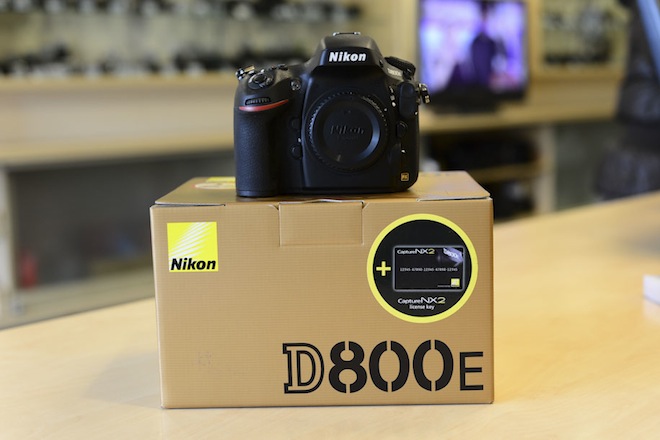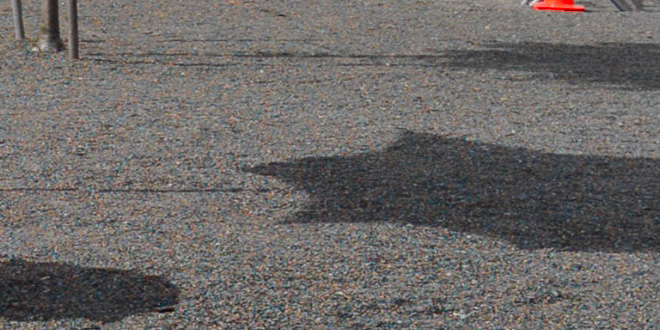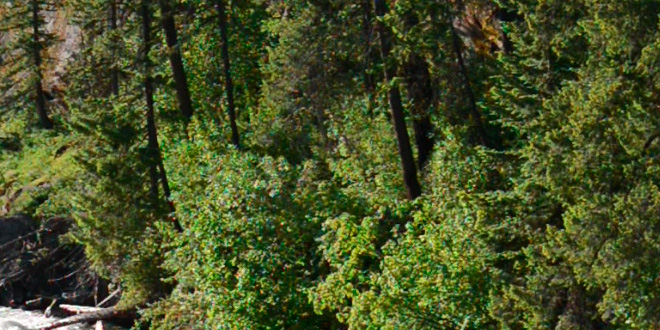
Go here to read DPReview’s look at the D800E movie mode vs the standard D800
Please bear in mind the situation can be improved dramatically by the right in-camera picture settings and Mosaic Engineering’s anti-aliasing filter for the D800, which is under development now (as of June 2012).
DPReview have updated their D800 review with comparison samples and image quality analysis versus the D800E. Along with a 2GB uncompressed file from the D800E recorded to a Blackmagic HyperDeck Shuttle 2, DPReview have posted several 1080p clips on Vimeo from the D800E.
Is the D800E a viable option for video or does the lack of anti-aliasing filter aggravate the moire issues of the D800 even more?
Worse case scenario
“Where moire is visible from footage in the D800E, it is equally apparent from the stock D800.”
Although the D800E clips look worse to my eye than the D800, DPReview say the results are the same.
This would make sense since the moire is produced by line skipping on the sensor. A much stronger anti-aliasing filter is needed (especially when even more lines are skipped to produce 720p) than Nikon provides in the D800 so removing it altogether in the D800E doesn’t seem to have any adverse affect.
All the D800E samples DPReview provides are very challenging in terms of false detail, aliasing and moire. The boat house scene is a deep focus wide shot of texture consisting predominantly of fine horizontal lines. The guy’s shirt on the left, the wooden decking, the boat house roof. It shows the D800/D800E in the worst possible scenario and the camera does very badly here.
What is false detail?
It is also noticeable how much false detail there is on the gravel and the fine foliage of the trees on the landscape shot. Again both are deep depth of field with the lens stopped down – not a shot the D800 excels at. In such a situation, the large sensor has no real advantage and you’re better off packing a GH2 for the deep focus stuff.
This is the first time I have seen such worst case scenario results from the D800 and D800E. I have to say I’ve never seen as bad results from the D800 in terms of false detail on all kinds of texture than is evident with the D800E in these shots. But again – they are worst case kind of scenarios to shoot with a line skipping sensor.

Above: the gravel in this uncompressed clip has a shimmering moire pattern with specs of orange and blue (false colour)

Above: on my Dell U2711 this is very noticeable but it may not be so on all displays – the foliage has neon green specs and some orange false colour instead of the natural fine detail of a photograph
I’ll ask the guys at DPReview which picture profile settings were used. It may be that digital sharpening in-camera is making all the false detail and aliasing look even more noticeable. Reducing saturation in-camera also helps to produce a more natural image.
Not the worse case scenario
Some footage I’ve seen from the D800E shows it off as a great portraiture video camera with stunning resolution and a very cinematic detailed image in the right situations. You just have to know what shots the camera excels at and what it doesn’t. Finely detailed wide angles of landscape and architecture = no. Shallow depth of field portraiture and close-ups with sharpness dialled down in-camera = yes.
Would I rather have the 5D Mark III or D800?
To be honest both have major issues which should be fixed given it is now 4 years after the advent of video on DSLRs. These are the pro flagship models so even less acceptable. The 5D Mark III is as soft and mushy as its near-4 year old predecessor and the D800 has too much false detail and needs the Mosaic Engineering anti-aliasing filter installing. If you can only buy one camera this year, I’d wait to see what Sony’s full frame offering the A99 is like for video or hold out until the GH3 at Photokina in September. If you need to buy sooner then the Panasonic GH2 and Blackmagic Design Cinema Camera or Sony FS100 are the best affordable cameras for digital cinema this Summer.


